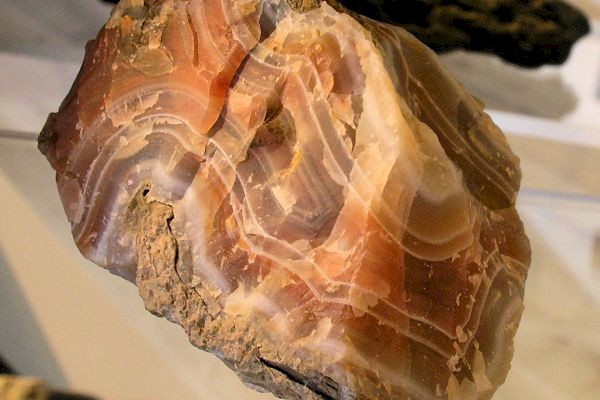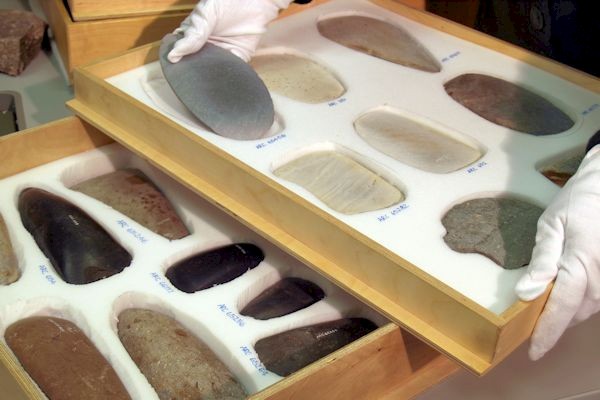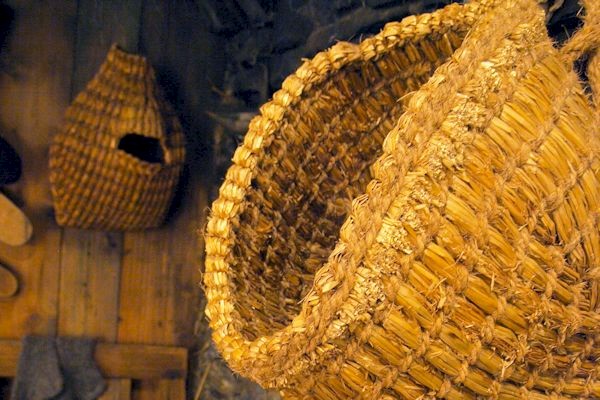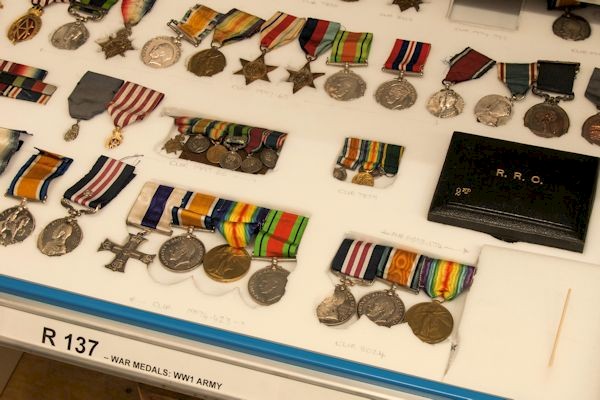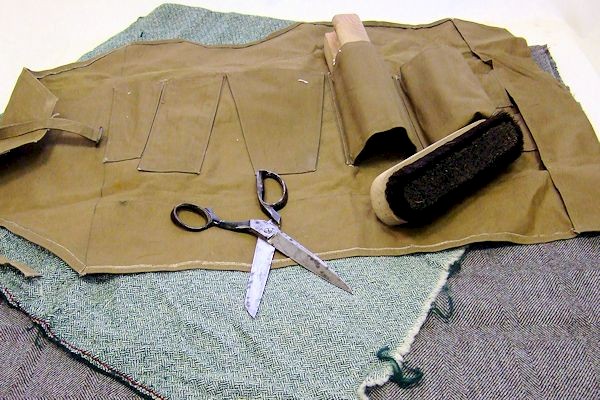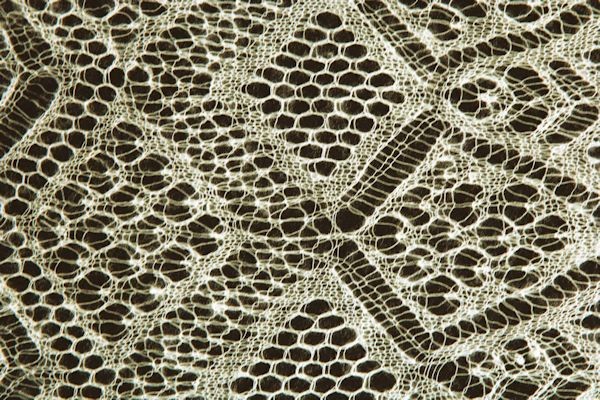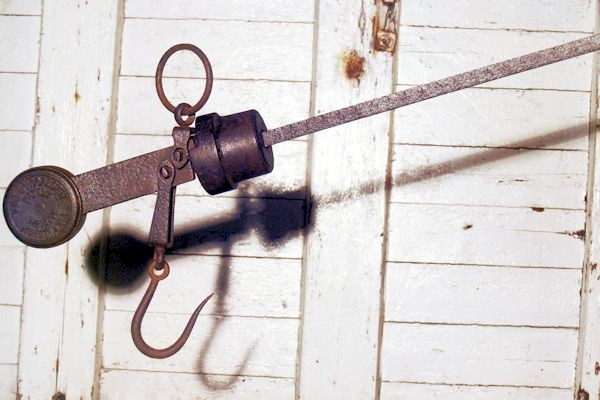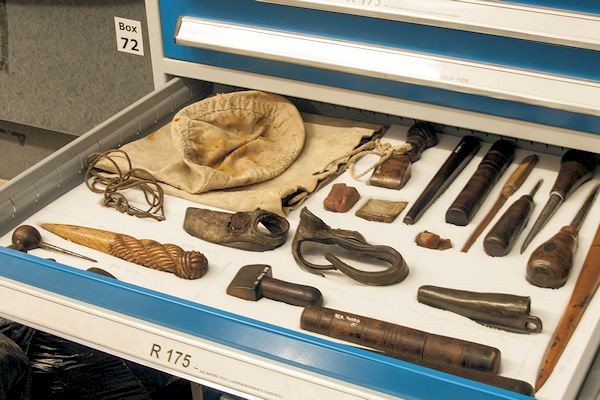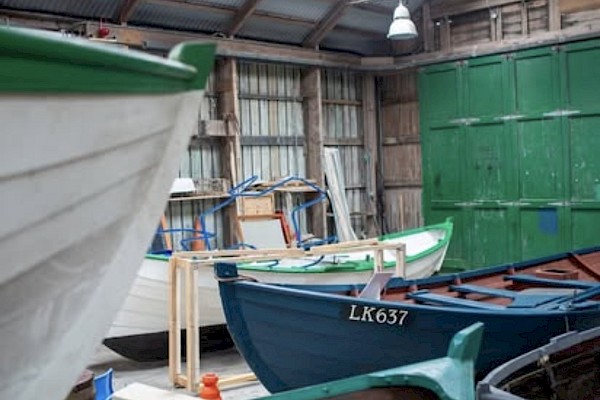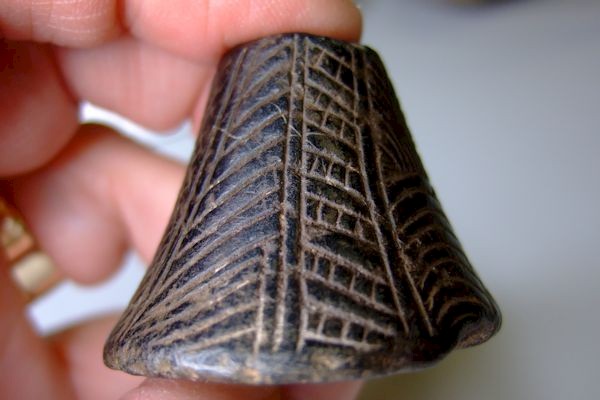Museum Collections
Shetland Museum collections relate to all aspects of the islands’ history. We collect objects relevant to the islands only. These are usually things used here, often made here too. Other things belonged to Shetlanders, or to emigrants from the islands who lived elsewhere.
Some objects are unique to Shetland. Other things are mass-produced that could be found anywhere else, but are important to the islands because of the specifically Shetland tale they have to tell.
Like most museums, only a small proportion of the Shetland Museum collections are on display. Researchers wishing to access the collections for study should contact the Curator of Collections using our Contact Us form.
If you have an item you would like to donate to the collection, please read our Donation Guidance Page for more information.

